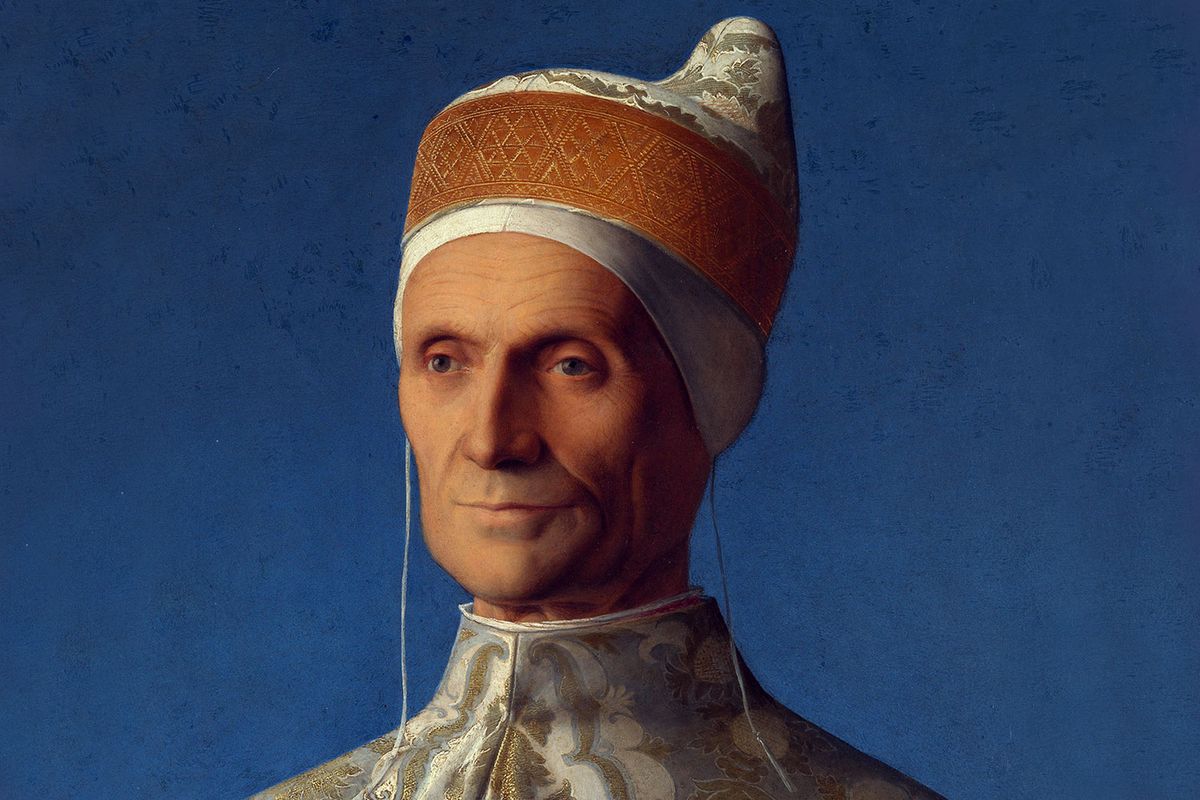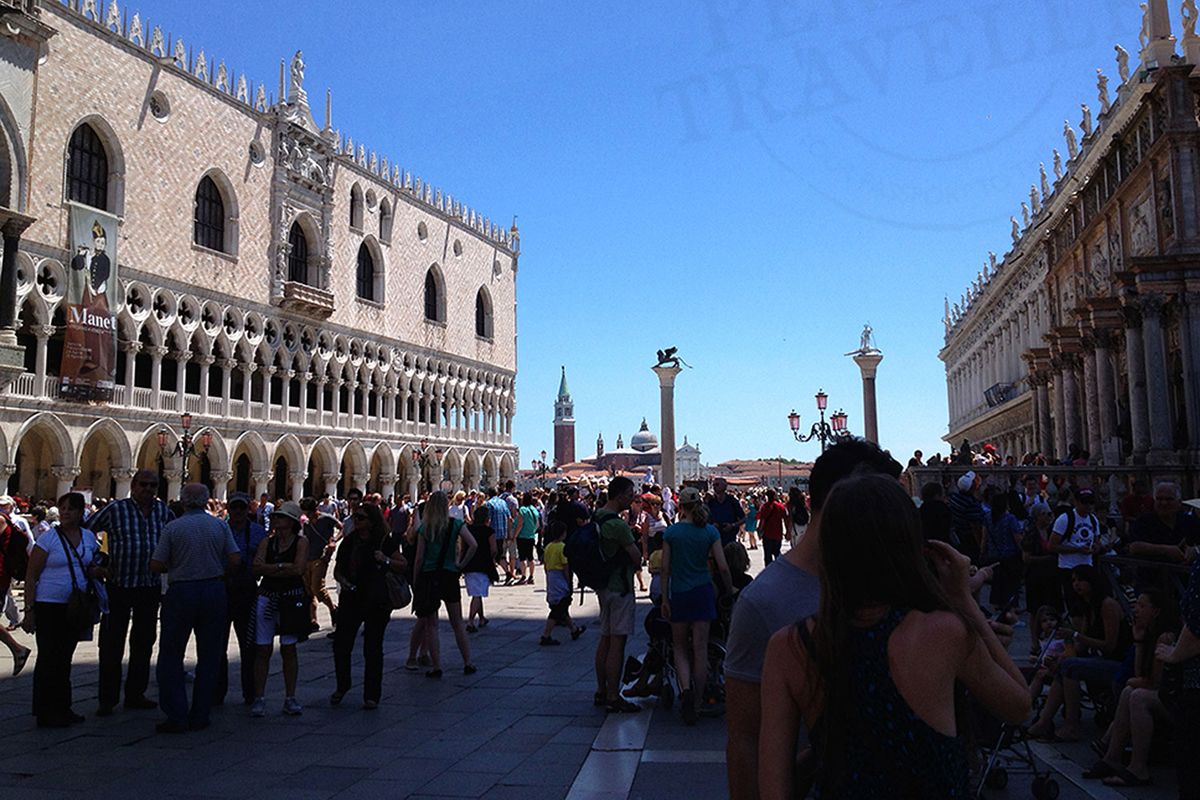
Updated on July 23rd 2021
History carved in stone in Venice
Venice
The Magnificence of the Doge’s Palace
Power needs a house to reside in and the Doge’s Palace is a magnificent house where immense power and the administration of that power resided, quickly becoming the most powerful and enduring symbol of Venetian pride and intellect. The very fabric of this structure is encased in history and great works of art. We often walk past the columns of this palace but to do so without considering the meaning of the carvings deprives us of enjoying one of the great visual narratives ever carved, portraying the symbols of good government and the strength of the Venetian Republic.

Art and History in Marble
These capitals are adorned with 600 carved images, creating a narrative that weaves together the new born world and divine majesty; mixing allegory and moral precepts, history and myth, the sacred and the secular. The carvings draw upon many sources, from the Bible to Claudius Ptolemy’s Tetrabiblio (Astrological Predictions) and comprises scenes that celebrate justice, wisdom and prayer. These works were sculptured in the years 1340-1355 by the craftsmen of the local Stone-Carvers Guild under the direction of two protomagister (master craftsmen); Pietro Baseggio and Henricus tajapiera (stone-cutter). The carving is sublime, born from hard stone that, “The best artist has the thought alone which is contained within the marble shell; The sculptor's hand can only break the spell to free the figures slumbering in the stone.” said Michelangelo.

The Peoples of Various Latitudes
Whenever I visit Venice, I eventually make my way to the Doge’s Palace, usually very late in the day when the light is fading and the crowds have dispersed, and stop under my favourite column; one of thirteen in the arcades facing Piazza San Marco. Titled, “The Peoples of Various Latitudes” you will pick it out easily enough because of the stupendous carving that is as perfect today as it was in the 13th century. It portrays the peoples of the earth with sublime realism, representing a theme linked with astrology. It’s easy to make out a Moor in a turban, and what can only be described as a pug-nose Tartar and an old man wearing a cap decorated with two small lions of St. Mark shown in moeca (literally in “crab form” due to the similarity of the enveloping wings to crab claws). This latter figure may represent such peoples as the Cretans, who were under Venetian rule when these columns were sculptured.

In Venice much of its history is wrought in stone for us to discover and enjoy today.
When visiting a busy city like Venice it’s best to book tickets, when you can in advance. Often it is enough to visit the official website of the Palace of the Doge when travelling through Europe and before arriving into Italy to book your tickets. Perfect Traveller suggests visiting as early in the morning as possible or as late in the day as available to avoid the crowds of tourists.
Peter Kilby is an artist, writer, story-teller, journalist and avid traveller who lived and worked in Italy from 1987 to 2018. He created Perfect Traveller to bring the world of Italian art and history closer to you and in a way that is entertaining and informative; together with great travel tips. Getting off the beaten track in Italy is always an adventure and he invites you to join him in discovering an Italy that will surprise and amaze you.





